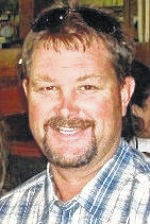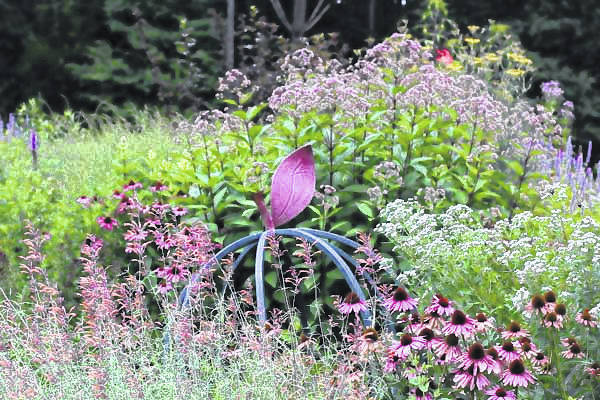
I like to eat. I’m sure many of you reading this article likes to eat also, which is something we have in common. I have heard there are two philosophies on eating: some people live to eat, and others eat to live. I’m one of those that lives to eat, planning my day according to which restaurant I will be closest to at lunch. My nephews eat to live. They must be made to sit down and only nibble at their food before they ask to be excused from the table. No matter which philosophy describes your eating habits one thing is true for all; without pollinators, we don’t eat.
Pollinators are responsible for one out of every three bites of food we eat. Pollinators include over 500 species of bees, 175 species of butterflies, the ruby-throated hummingbird, and thousands of insects that move pollen from flower to flower which results in fruit or seeds being formed in plants. Many of the fruits and vegetables we enjoy wouldn’t be available if pollinators disappeared from our planet. A small list of foods that would disappear includes apples, almonds, banana, blueberries, citrus, chocolate, coconut, fig, grapes, peaches, pears, broccoli, cucumbers, melons, strawberry, sugarcane, tea, tomato, onions, squash, and vanilla. Crops that would disappear includes hay, cotton, peas, peanuts, soybeans, beets, and sunflowers. Feedstocks that feed our beef, pork, chicken, and dairy industries would decline which would result in shortages in all these products. The take home message to those that like to eat is to protect pollinators and enhance their natural environment to ensure there isn’t a break down in our food chain.
According to the USDA, during the past 20 years, the pollinator populations have suffered serious losses due to invasive pests and disease, exposure to pesticides, loss of habitat, loss of plant species and diversity, and changing climate. Our County Advisory Committee and Extension Master Gardeners are concerned with these statistics that could impact our food supply. We are currently working on programming efforts to address this situation before negative impacts are felt by the consumer.
For the farmer, homeowner, local municipality, business owner, or landowner there are things you can do to help protect our pollinators. The biggest impact you can make is to enhance the habitat of pollinators by creating a pollinator garden or native pollinator landscape. To create a pollinator garden, select a site that has full or part sun with access to water. Take a soil sample and amend your soil according to the analysis. Plant native pollinator plants after the last threat of frost in the spring. Pick plants that bloom in the spring, summer, and fall of the year to help feed pollinators all year long. Some plants include purple coneflower, wild indigo, golden alexander, milkweeds, brown or black eyed Susan, lobelia, blazing star, buttonbush, asters, joe-pye weed, and goldenrod. Weed and water as needed and watch the pollinators move into your landscape.
For more information on pollinators, pollinator plants, or how to plant a pollinator garden, give the Sampson County Extension Master Gardeners a call at the plant clinic, 910-592-7161. You can also visit their vendor at the Clinton Square Fair, Oct. 9, on Lisbon Street, or at the Sampson County Ag Day Event, Oct. 30, at the Sampson County Agri-Exposition Center.
Brad Hardison is the director of the Sampson County Cooperative Extension and has served as an agricultural extension agent specializing in horticulture. Contact him by calling the Sampson County Extension Center at 910-592-7161 or by emailing [email protected]
"Eat" - Google News
August 31, 2021 at 05:10PM
https://ift.tt/3BrW1CC
Without pollinators, we don’t eat - Sampson Independent
"Eat" - Google News
https://ift.tt/35xQHgx
https://ift.tt/2zlBS68
Bagikan Berita Ini


















0 Response to "Without pollinators, we don’t eat - Sampson Independent"
Post a Comment